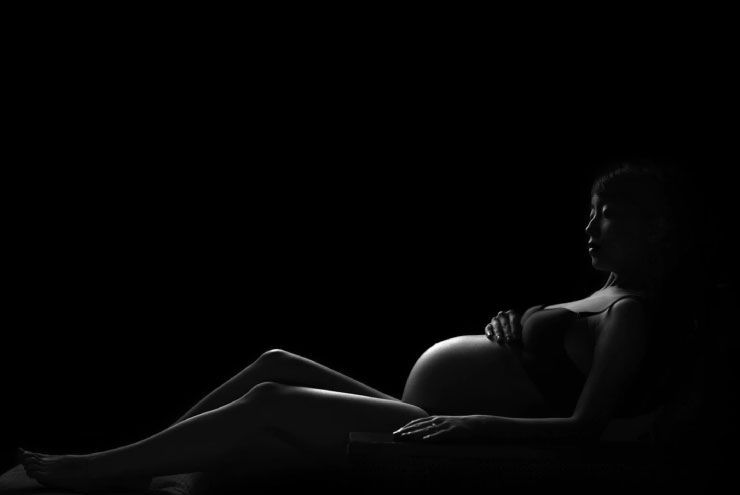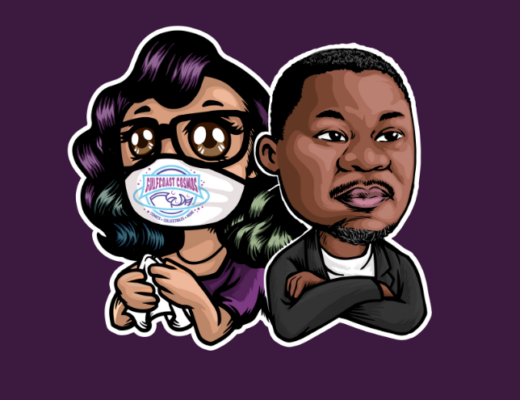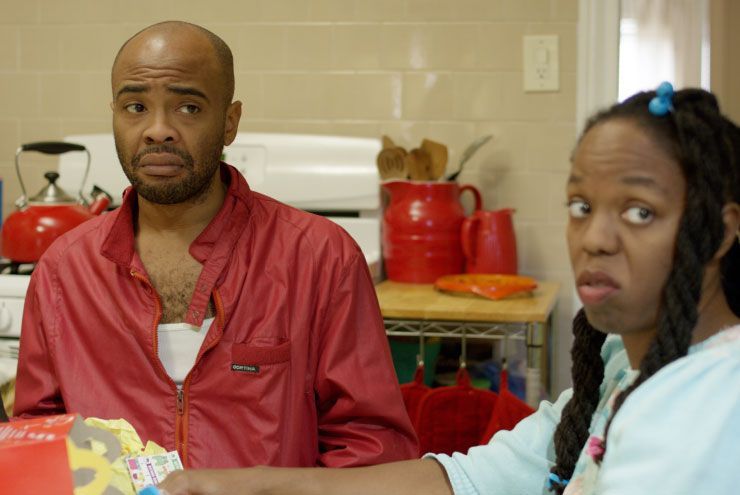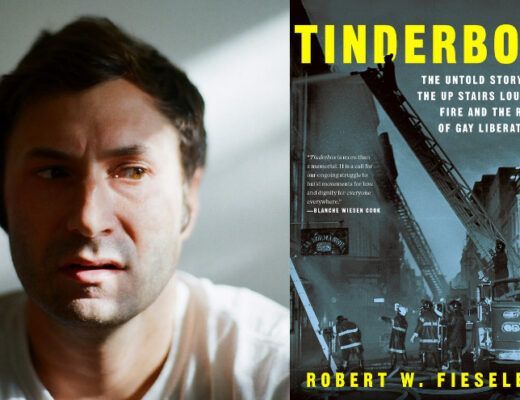By Dr. Laura McGuire
I have always loved birth. As a teen and young adult, I would spend hours glued to TLC’s A Birth Story and other ER shows that depicted live births with a twist of trauma and terror. I found every unique birth story endlessly fascinating. What was this family’s journey? How would this birth be different? What would the baby look like? As I observed birth after birth, I came away with one clear conclusion by the age of 14: I wanted to give birth in a cave in the forest. I hated the sterile, rushed energy of the hospitals I saw on TV and, as an introvert, the idea of 50 people staring into my vagina and yelling commands felt terrifying.
In high school, I started reading Ina May Gaskin’s books on midwifery and natural birth and immediately fell in love. I thought about becoming a midwife, but I didn’t feel comfortable making literal life–and–death decisions. So, I found the balance of involvement, support, and education within the doula role and model of care a perfect fit.
When I had my own two children, I knew exactly what I wanted from my primary care provider, as well as what kind of birth was both possible and important for my well being. I had two wonderful home births that were exactly what I needed to start my journey with my two offspring. I had such positive experiences that I knew I was now ready to share my knowledge and perspective with other families.
I found fantastic workshops that allowed me to train and become certified as a doula and birth educator and went out into my community to share my passion and joy of empowered birth. At this same time, I was earning my bachelor’s degree, getting divorced, and coming out as a lesbian. The culmination of these events strongly shaped my beliefs and values around inclusive education, care, and access for all parents and families.
In my first teaching position, I started working with teen moms. There, I educated first– and second–time teen parents on health, child development, and birth options. But the school itself was a Catholic–run charity, and the administration watched my every move—my voice was very much controlled and edited to fit their agenda.
I noticed one of the students never mentioned the father of her baby when the other girls did. She seemed shy and uncomfortable in many of the group discussions, yet she constantly wanted to talk to me after class about her life and hopes for her baby. One day, she asked to speak to me in the classroom after the other students had moved to the next room for lunch. She told me that her pregnancy was the product of rape, and that she identified as a lesbian. She had reported the rape to the police, but there hadn’t been any movement on the case. On top of this, she had been in and out of the foster care system for years and was afraid of being homeless.
Her story struck my heart like a bolt of lightning. I wanted to show her how much I appreciated her trusting me and that there were many wonderful resources for her. I bought her the book When Survivors Give Birth and shared the names of some wonderful midwives I knew. Sadly, before she gave birth, the director of the school found out about her sexual orientation and kicked her out. I will never know what happened to her, but her story and the injustice she suffered again and again inspires my work to this day.
I always say that my students and clients are the greatest teachers I will ever know. Their stories inspire and challenge me in ways I could never have imagined; their openness has allowed me to grow and has shaped what I am passionate about fighting for. Through my journey, I met teen moms, preteen moms, girls and women going through abortions, girls and women going through miscarriages, girls and women who were queer, girls and women who had options and resources, and ones who had nothing and no choice. The choices and options that healed some tormented others—there were no rights or wrongs, only maybes. Everyone from their peers, to parents, to counselors and teachers had opinions on what was “best for them,” but seldom were the girls or women asked directly what they thought or wanted.
As my work began to expand, I started working with more trans and non-binary students and clients. Most were trans boys and men who had questions and concerns about pregnancy prevention. At the same time that this expansion of my services was occurring, I began to realize the oppressive and marginalizing language present in the birth and gynecological world. Every training, seminar, and provider I encountered stuck to a fiercely hetero and cis-normative script. So, when my clients asked about finding a provider who wouldn’t ask assumptive questions or misgender them, I felt stuck. In major cities, I usually referred them to Planned Parenthood or a LGBTQ health clinic. But many times, in more rural areas, these were not available options. The birth, pregnancy, and abortion world frameworks are entrenched in femininity, monogamy, and heteronormative and cisgender expectations. Few who care for people who have vulvas, vaginas, or uteruses are mindful that queer and trans individuals need the same services. Questions on intake forms, office procedures, and hospital policies all create endless hurdles and blockades for LGBTQ people in need of medical support. Many of my clients have gone long periods with infections, painful health issues, and psychological concerns because they were afraid and uncertain of who would accept them in a medical environment. This breaks my heart every time I see it, especially since their fears are completely founded and real.
I have started to provide queer inclusion workshops for providers and educators to help them become more open and affirming in their policies and practices. However, even many queer providers are too shy to be vocal in their support. One time, I met with a lesbian gynecologist and suggested she have a pin on her coat or post a simple sign in the office that signified it was an LGBTQ inclusive and competent space. She said this was a nice idea, but was hesitant that it would turn others off.
Another time, I was able to attend an abortion doula training that said it focused on the trans and QPOC community. The first thing they mentioned was that it was ok to call out instead of calling in and that, if a person was called out, they must remove themselves and reflect on their misstep since it wasn’t anyone else’s job to educate them (despite the fact that this was allegedly an educational environment). After that, I brought up the issues around the etymology of the word “doula,” which means female slave in Greek. The facilitators said this was inappropriate of me to even mention since my ancestors weren’t slaves (I am in fact multiracial and part African-American). They also completely ignored that this is the actual translation of the word, as well as the fact that some of our clients in the kink community identify as slaves and we should be aware of serving them fully as well. Even in a “progressive” and “aware” doula training, other aspects of power, control, and exclusion prevailed.
My hope lies in the young activists I meet. I see many teens and young adults who are passionate about being genuinely inclusive of all people who experience pregnancy, birth, and abortion. Whatever gender, sexual orientation, relationship dynamic, identity, religion, or nationalization status, all persons affected and impacted by reproductive issues deserve to be seen, heard, and loved. As providers, we must put ourselves and our assumptions aside to be present and open to those in need of our services. I love that I am part of the community of birth professionals who are humble, open, and queer, and who serve all who need our witness, love, and service.







